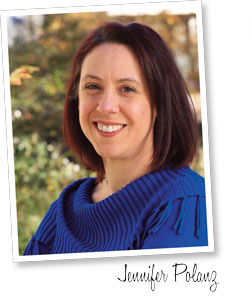2/1/2023
Common Bonds
Jennifer Polanz

I recently hosted a webinar through a partnership with Indoor Ag-Con about, well, forming partnerships, specifically growers and university researchers working together.
A lot of interesting tidbits came out during the webinar (which you can register to watch on demand by clicking here https://indoor.ag/indoor-ag-conversations-webinar-series/), including the hesitation to share information with the wider industry based on proprietary research conducted for growers. Researchers carefully walk the tightrope of sharing general versions of the research they partnered with growers to conduct (unless they agree to more stringent requirements early on) and growers try to glean the specifics they need while allowing the basics out into the wider industry.
What strikes me as I look at these partnerships forming and new announcements coming weekly about collaborations with private entities, too, is that there are lots of people out there trying to reinvent their own version of the wheel. I suppose at the beginning of any newer industry, there’s a period of innovation and even wild ideas that get distilled down to what truly works. Maybe we’re in that period now. But I see a lot of proprietary growing technology that requires very specific research and data to make it efficient and effective. Eventually, will consolidation get us to the tech that works best?
There’s a lot at stake here, too. Every day, I read more stories about how climate change is impacting the availability of water, as well as the land we use for farming. Indoor growing is one tool to help offset the impact on field farming in the U.S. It behooves us all to work toward a common goal of producing food indoors (and outdoors!) more efficiently.
One of the main factors in creating more efficient growing operations is something that has nothing to do with the facility or environment: it’s the plant itself. In this month’s cover story, I take a look at how breeding can move the needle for growers to become more efficient, and what hurdles have to be overcome for that to happen. You can find that story on page 10 of our digital edition.
Meanwhile, in the fourth installment of the CEA Frequently Asked Questions (FAQs) on page 14, our researchers dove into what customers at retail are looking for when it comes to indoor-grown products. The results may surprise you. In a happy surprise, they’ve added one more FAQ coming in the next edition to finish out this series.
On the technical side, I asked freelance writer David Kuack to break down sensors: how to decide what’s right for you, where to place them, how to calibrate them and how to read the data. He did not disappoint and you can find that story on page 16.
Putting these issues together is a true partnership between our contributors and Ball Publishing, and I want to thank everyone involved for their continued hard work and support. Let’s make 2023 a year of collaboration to push the CEA industry forward.